Sarah Hadley: Story Lines
LA-based photographer Sarah Hadley is showing her new series Story Lines at dnj Gallery in Santa Monica, opening this Saturday from 5:00-7:00pm. Story Lines is an exquisite collection of wistful black and white photo collages inspired by European cinema from the 60’s + female protagonists. The sentimental images beautifully explore themes of identity + femininity, and their dreamy nature completely transports us back in time. We chatted with Sarah all about the story her show + her process. To see the full series, check out the exhibition at dnj Gallery.
Asymmetric Magazine: Congrats on your upcoming show at dnj Gallery! Can you tell us the story behind the series you'll be exhibiting?
Sarah Hadley: I will be showing surreal collages from my series Story Lines at dnj. The project is borne out of my love of European black and white films of the 60’s and their strong female protagonists. I construct images using unrelated photographs to create unique and surreal narratives centered on female identity and memory. I have always been interested in collaging images together, and I think a good photograph should ask more questions than it answers. My first love was reading and writing fiction, followed quickly by watching movies, so I have always loved story telling in any form. For my very first photography exhibition almost 25 years ago, I created diptychs, as when you see two images side by side, your mind starts trying to find the connection and create a story. I began working with Photoshop very early on, and about 6-7 years ago started using multiple images as a way to expand the story of a single photograph. Story Lines is also heavily influenced by surrealists like Man Ray, who played with overlaying images in order to alter reality. I also loved Robert Rauschenberg’s large-scale silk screen prints created from many overlapping images, often lifted from newspaper headlines, as a way of recreating stories about what was happening in the world. My stories come from my own experiences and this project is my way of translating them into a single cohesive image.
I think a good photograph should ask more questions than it answers.
AM: You mentioned this series is inspired by black and white European cinema of the 60s. Can you speak to that?
SH: My parents met in Milan in the 60s and both loved movies, so I saw a great deal of foreign films growing up and many were set in Italy and France. They were all in black and white and showed these incredibly beautiful and strong women, and that was the seed of this project. A good film should tell a great story but also pack an emotional punch, so I was trying to bring forth the same emotions you feel in a theater. I am specifically trying to talk about female identity, what it feels like to be female, what I think and feel, and the intimate joys and sorrows of life.
AM: Where did you shoot the photographs in this series?
SH: They were shot all over - some of them in Paris or Boston, though many were photographed in LA. I am drawn to European architecture or places that have a timeless quality to them.
AM: Do you have a piece out of the series that you resonate with most?
SH: I am excited to show some new work at the dnj, as I have worked on many of these for months trying to find the right photographs to tell the story. I had some images that stayed in my mind, as I had worked with them before, but they didn’t come together. I finally resolved several of those images for this show. I am particularly proud of “Paris Story,” a long narrative created from images in a bedroom in a Paris apartment and in Louis Vuitton’s house, which I toured last year.
AM: Tell us a bit about your process for creating your collages and layering your photos. How many do you typically use and how do you choose which to piece together?
SH: I try not to use more than three main photographs, as beyond that, the work becomes too busy and starts to lose focus. Some of the images are created from two photographs, but most have three. I try to start with one very strong image that holds the message or emotion of what I am saying. It has to be an image that would stand up on its own, and I build the story around that image. Sometimes I get lucky and can find the perfect photographs to express the emotion of the scene right away, but often it takes me many tries to find the images that work with my original image. There are always happy accidents, but there are also many pieces I am still working on and haven’t been able to resolve. Even when images gel together, I still spend hours working on the details to make them truly blend into a single image.
AM: How does this compare to your other work? Are there any consistent themes you pursue through your photography?
SH: All of my work is about identity, memory and loss. My first book that just came out was about my childhood and losing my father at a relatively early age (I was 25). This current series is more about finding my identity as a woman but still revolves around memory, longing and loss. I feel that longing is the driving emotion in my life, as we are always longing for something—the past, the future or for something to be different in our lives. I try to use moments from my past as the impetus for each piece.
AM: What role (if any) does LA play in your work or approach as an artist?
SH: At first, LA was tough for me to photograph, as I love old places that remind me of Europe. But, I have discovered some amazing spots to shoot and am constantly finding news ones. I also revel in the availability of models/friends who are willing to be photographed and in the plentiful sunshine. I relish the dynamic art and photo scene and the amazing amount of shows, museums and fairs that take place here. I think it is a great time to be an artist in LA.
AM: We're a music magazine, too, so we love to ask visual artists: What music are you into right now?
SH: I listen to a lot of old music—everything from disco, to folk, to indie, and early rap. My favorites remain the Talking Heads, Prince, Madonna, Sade, Glen Hansard, Corinne Bailey Ray, and the Bird and the Bee. But I also like some newer stuff like Maggie Rogers, Sufgan Stevens, Katy Perry and My Morning Jacket. Sometimes I go looking for new music and recently found LP and Irenie and really love them both.
AM: What can we expect to see from you next after this show?
SH: My first book Lost Venice was published this winter, so I have some book signings and talks coming up connected with that. I’m really into making new work at the moment so hope to just be creating for a while and showing more when it’s ready.
the opening reception for Story Lines is saturday, march 7 from 5:00-7:00pm at dnj Gallery and will be on display through April 18. // more info
// View more of Sarah’s work at SarahHadley.com.

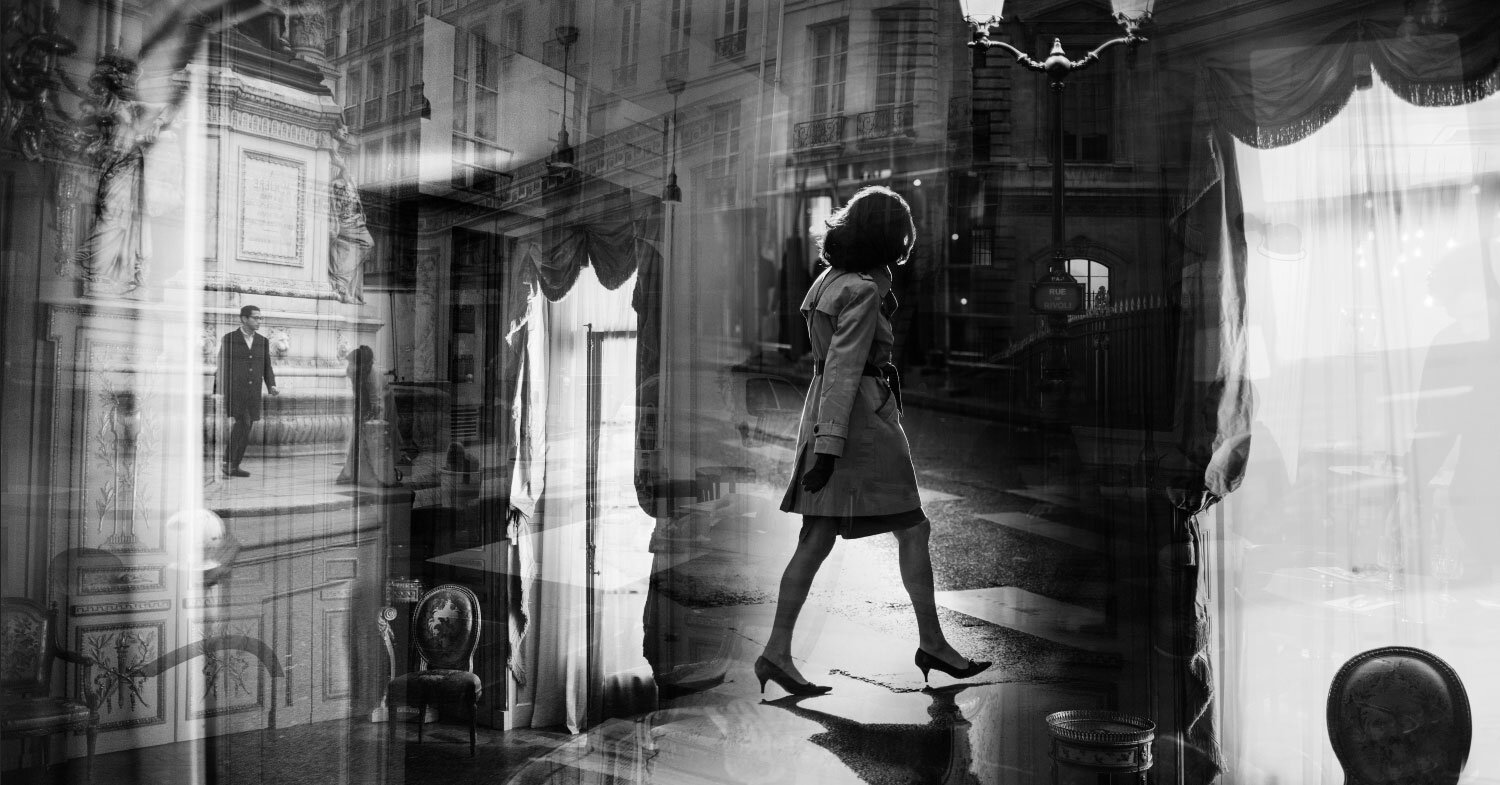
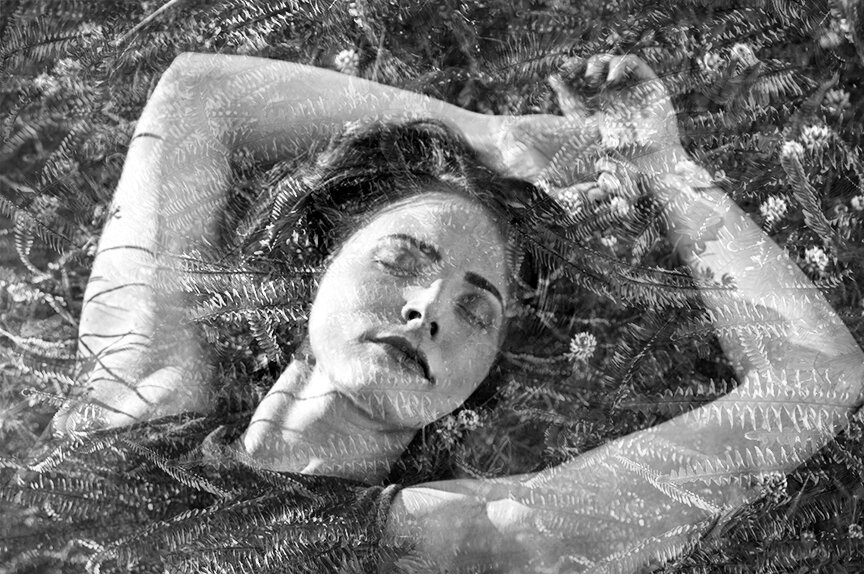

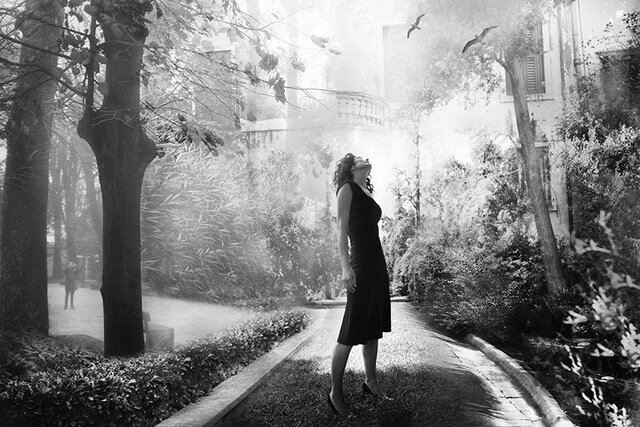
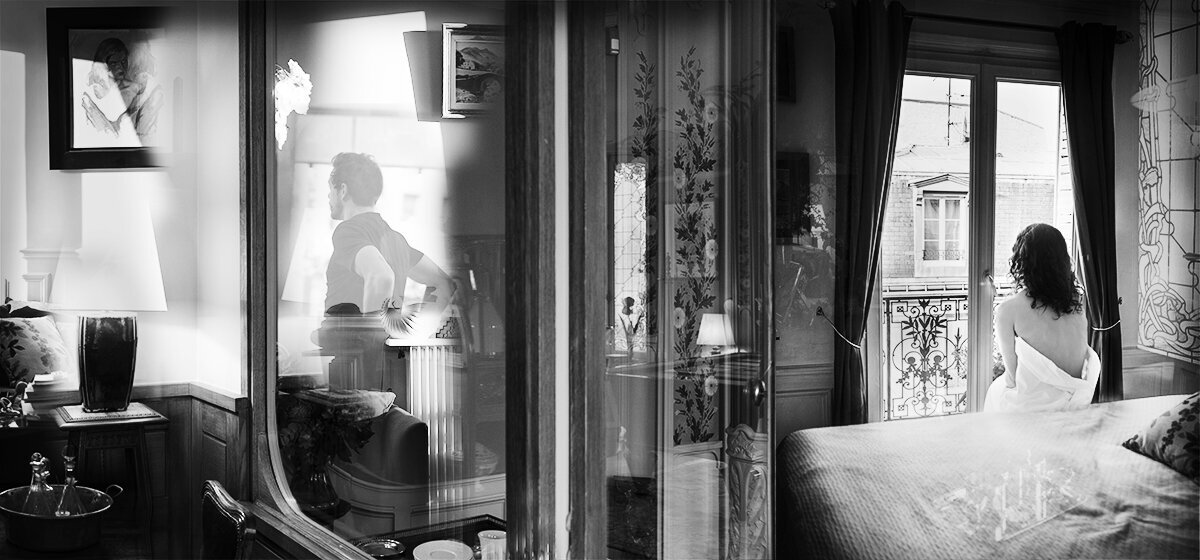
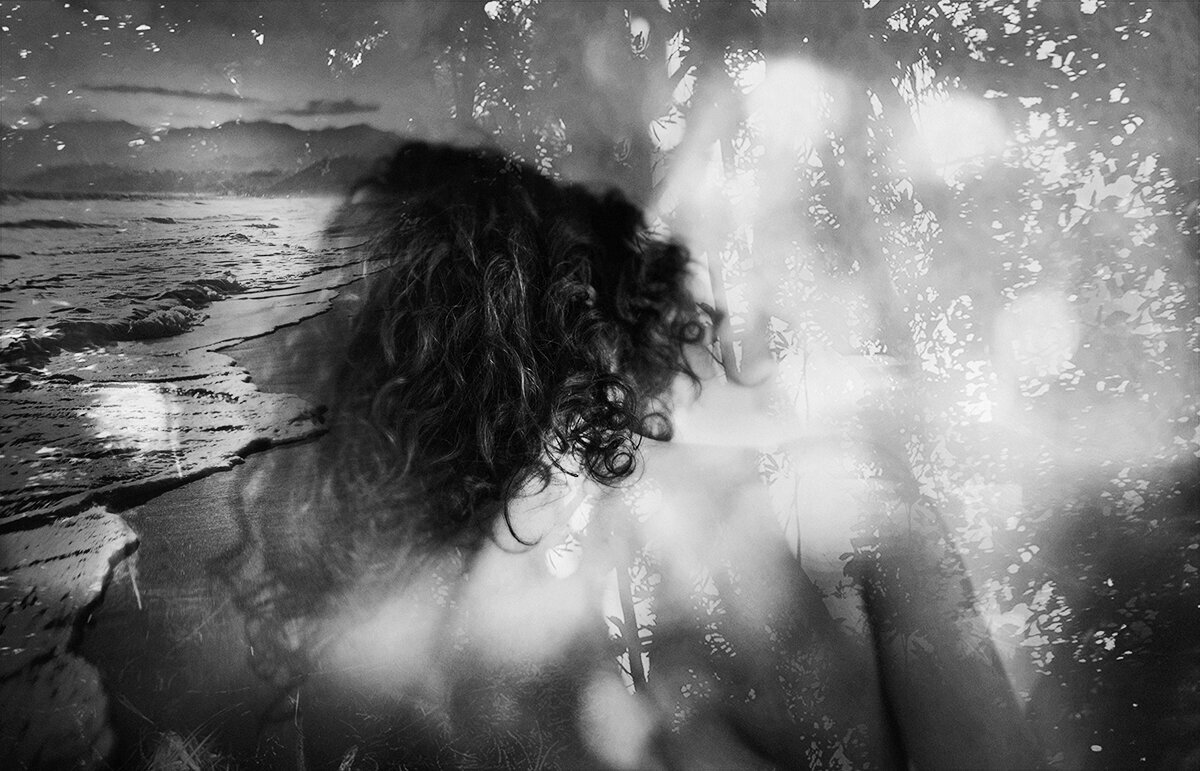
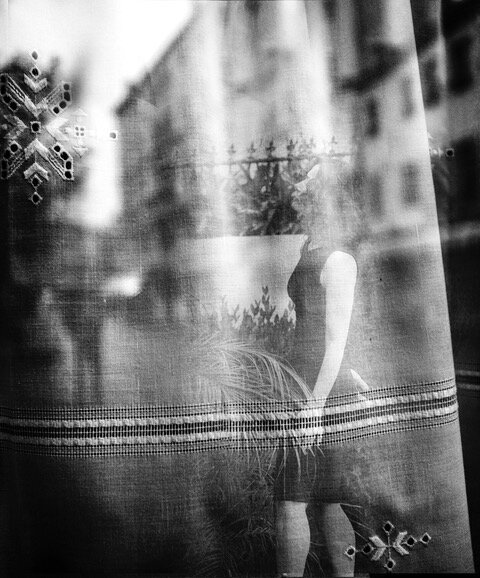
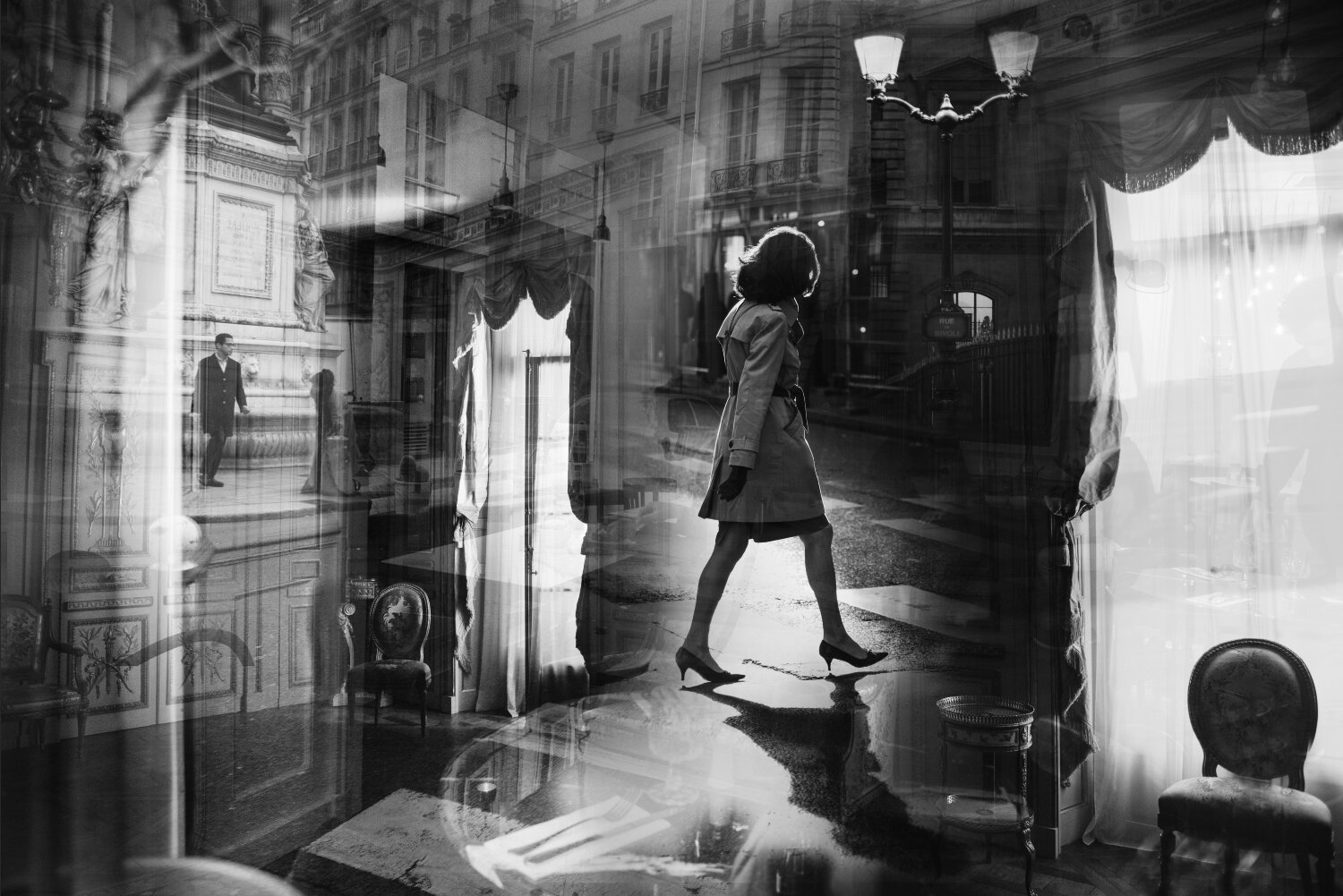
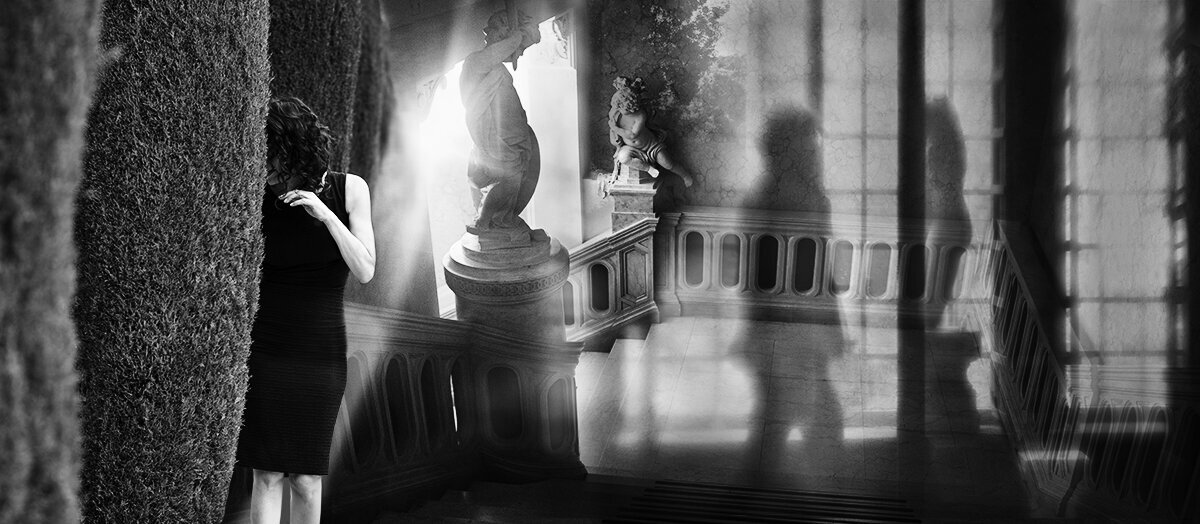


![Sarah Svetlana: секретный сад [secret garden]](https://images.squarespace-cdn.com/content/v1/52d6fff3e4b0e230ac8adfd6/1583218063659-FPF4PYYIYZ48QIG0ROHR/ss_sg_fb.jpg)